Component
 Oura Cathedral
Oura Cathedral
(Ⅳ)The transitional phase in the religious identity of Hidden Christians, leading to the transformation and the end of their tradition

 (Ⅰ) Beginning of the absence of missionaries and hiding of Christians
(Ⅱ) Hidden Christians' endeavours to continue their religious faith
(Ⅲ) Hidden Christians' endeavours to maintain their religious communities
(Ⅳ) The transitional phase triggered by contact with missionaries, leading to the end of Hidden Christians' hiding
(Ⅰ) Beginning of the absence of missionaries and hiding of Christians
(Ⅱ) Hidden Christians' endeavours to continue their religious faith
(Ⅲ) Hidden Christians' endeavours to maintain their religious communities
(Ⅳ) The transitional phase triggered by contact with missionaries, leading to the end of Hidden Christians' hiding












 |
The site of the ‘Discovery of Hidden Christians’, an encounter with returned Catholic missionaries that triggered the end of Hidden Christians’ hiding. |
-
Animation Video (Oura Cathedral)
Oura Cathedral is one of the components that demonstrates what triggered the end of Hidden Christians’ hiding. Hidden Christians met the missionaries for the first time in two centuries (the ‘Discovery of Hidden Christians’). Hidden Christian leaders throughout the Nagasaki region visited the cathedral, and such contact with the missionaries brought about the transition and subsequent end of Hidden Christians’ hiding. In the transitional phase, Hidden Christian communities split into three groups: those who rejoined the Catholic Church, those who decided to continue their unique way of practising the faith that they had developed during the ban on Christianity, and those who converted to Buddhism or Shinto.
Basic information
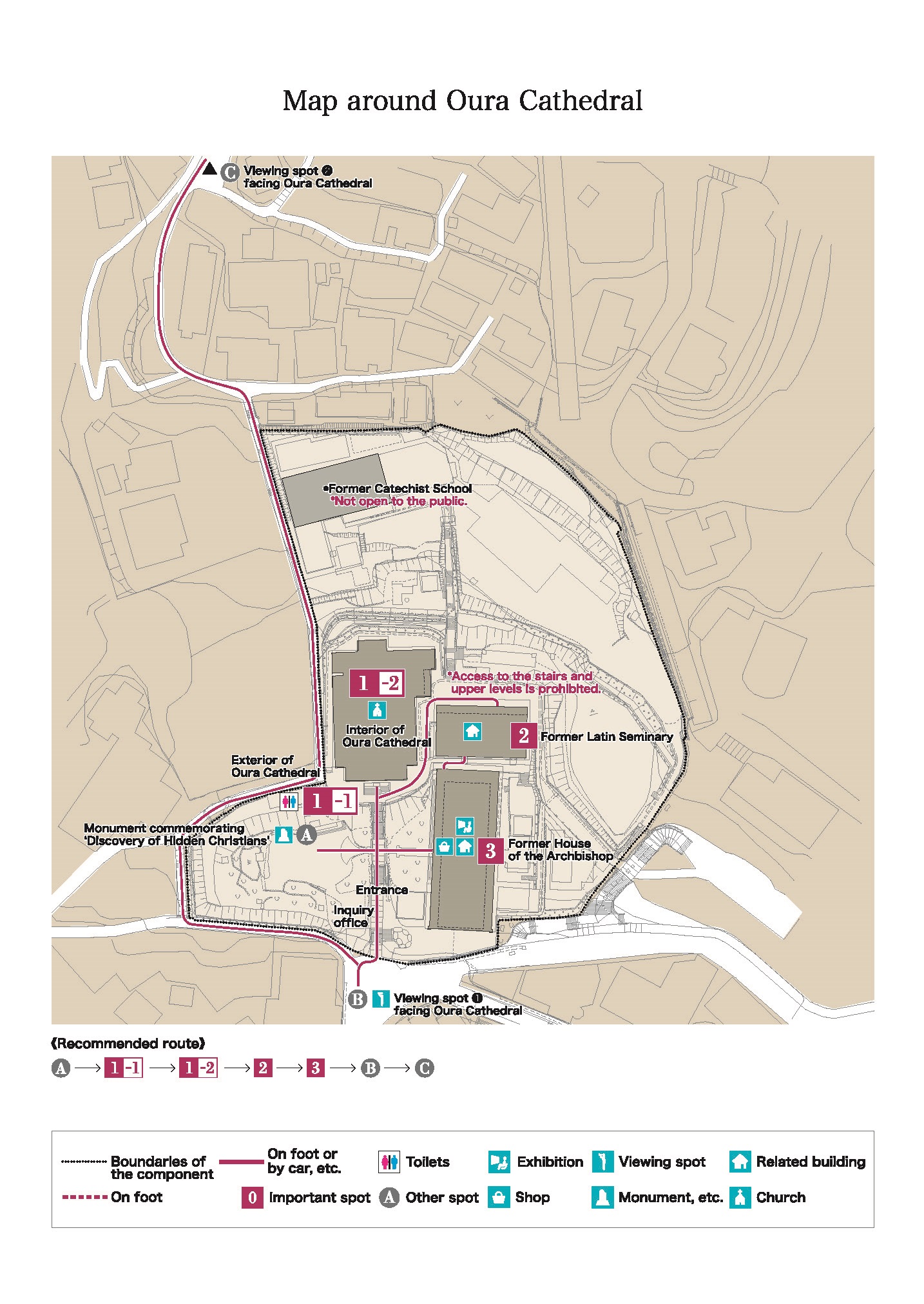
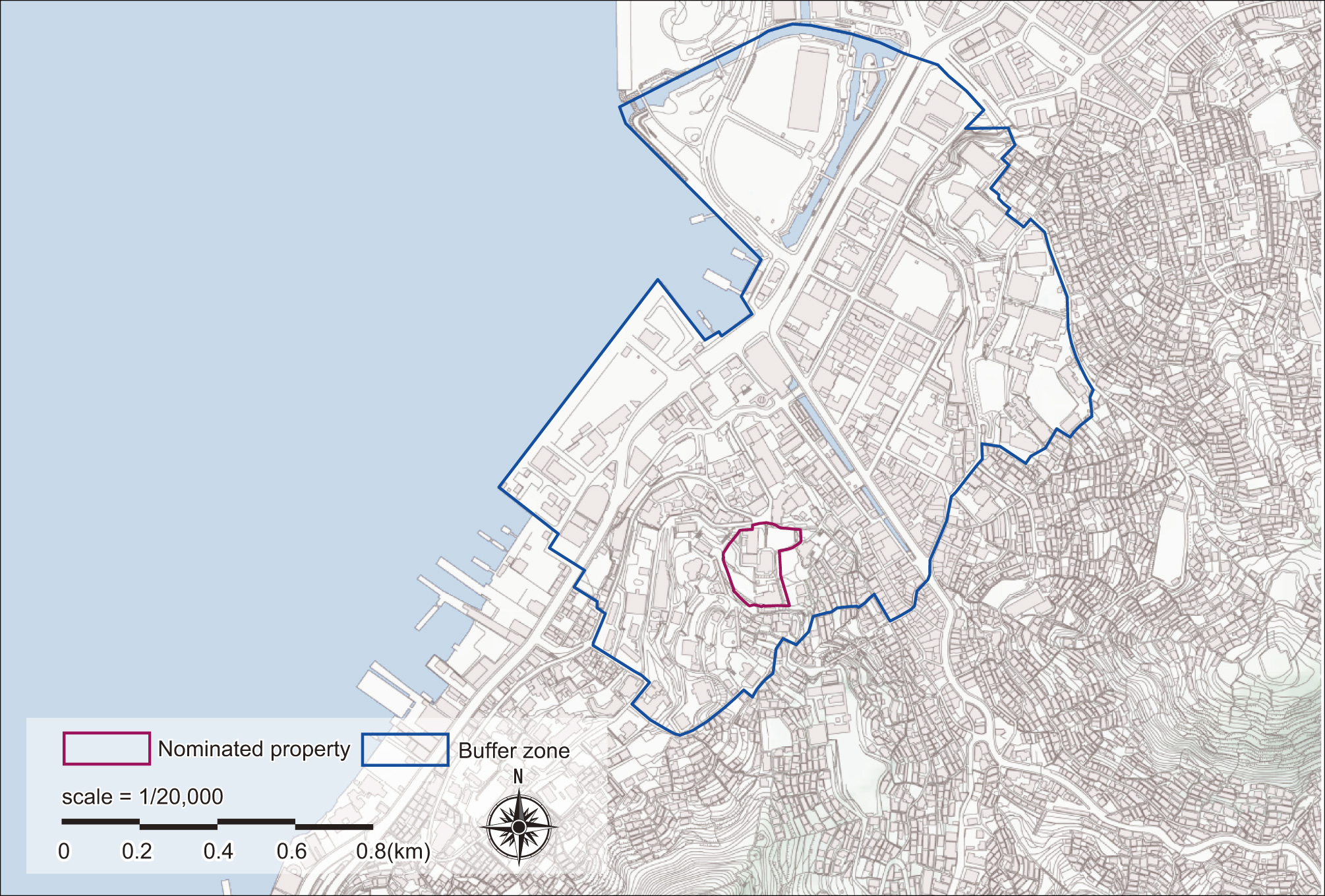
| Designation title as cultural assets | Location | Designation category | Year of designation |
|---|---|---|---|
| Oura Cathedral | Minamiyamate-machi, Nagasaki City, Nagasaki Prefecture | National Treasure designated by the national government | 1933 |
| Precincts of Oura Cathedral | Minamiyamate-machi, Nagasaki City, Nagasaki Prefecture | Historic Site designated by the national government | 2012 |
| Former Latin Seminary | Minamiyamate-machi, Nagasaki City, Nagasaki Prefecture | Important Cultural Property designated by the national government | 1972 |
| Minamiyamate Preservation District for Groups of Traditional Buildings | Minamiyamate-machi, Nagasaki City, Nagasaki Prefecture | Important Preservation District for Groups of Traditional Buildings selected by the national government | 1991 |
Access
>Oura Cathedral and its precinct(”Hidden Christian Sites in the Nagasaki Region” Information Centre)
※A new window opens.








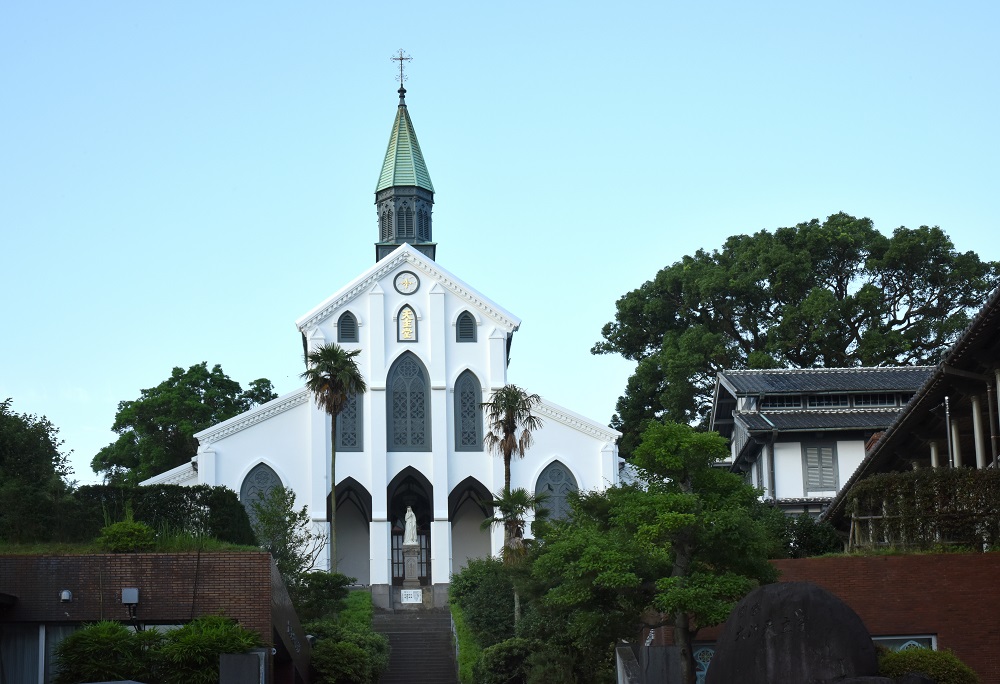

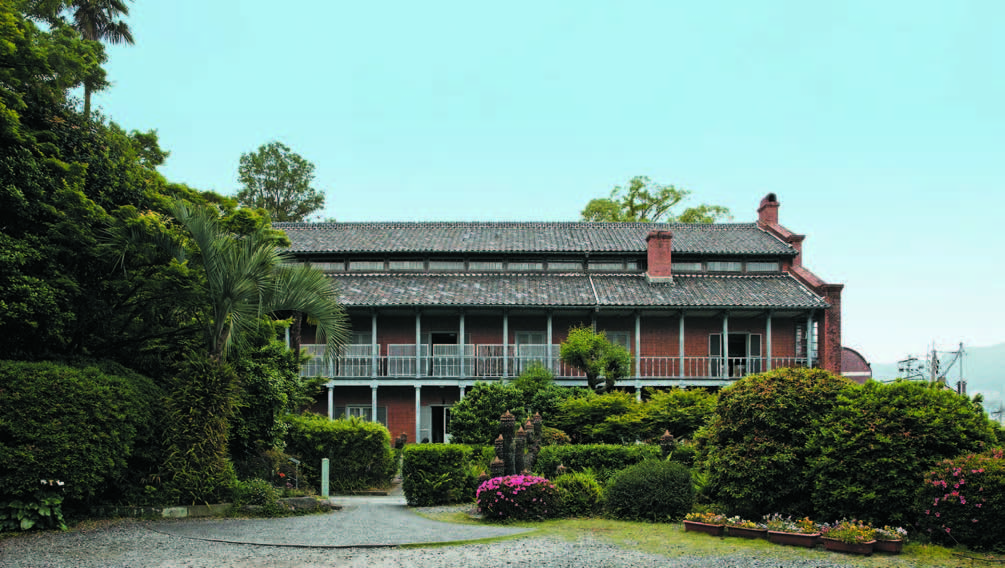

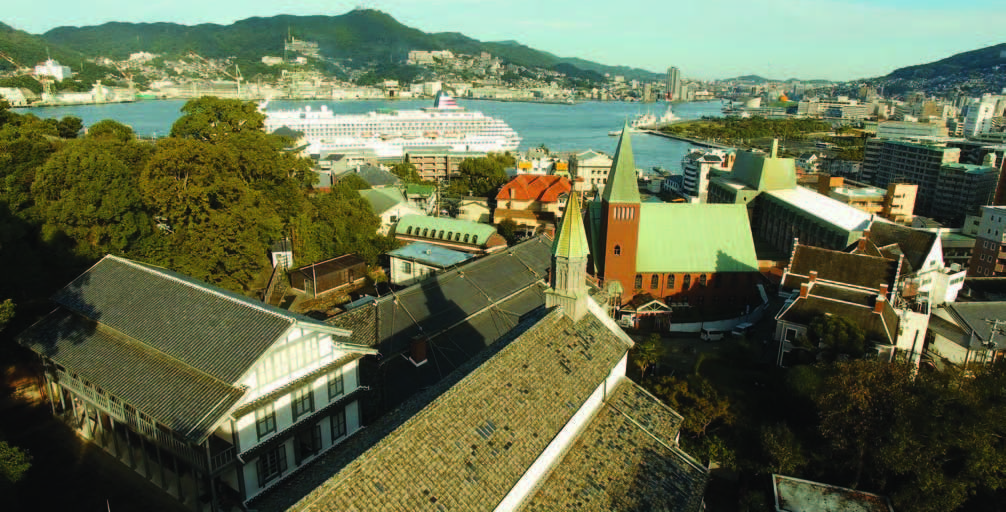

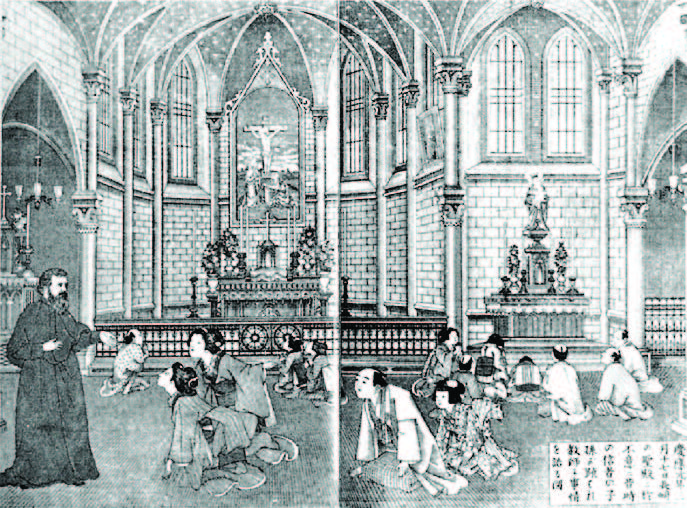

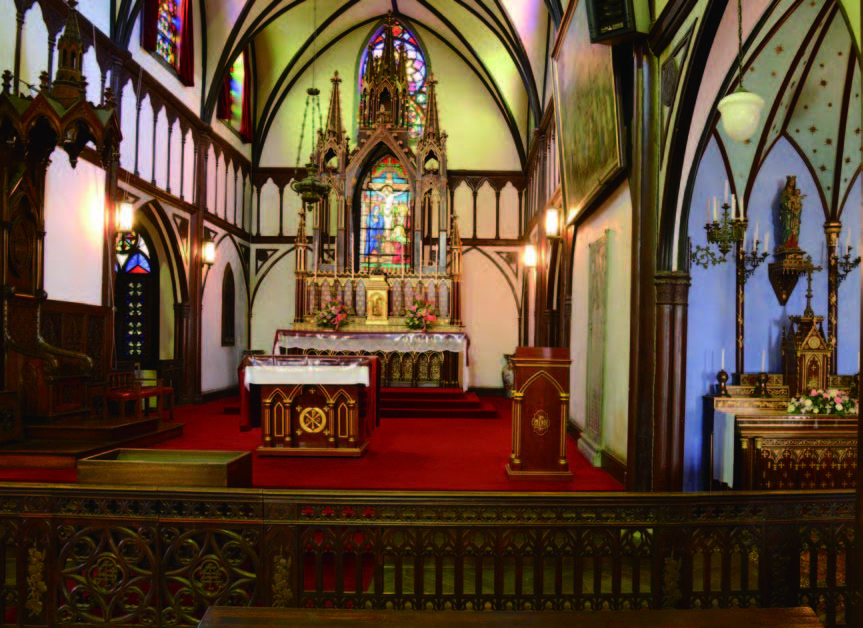

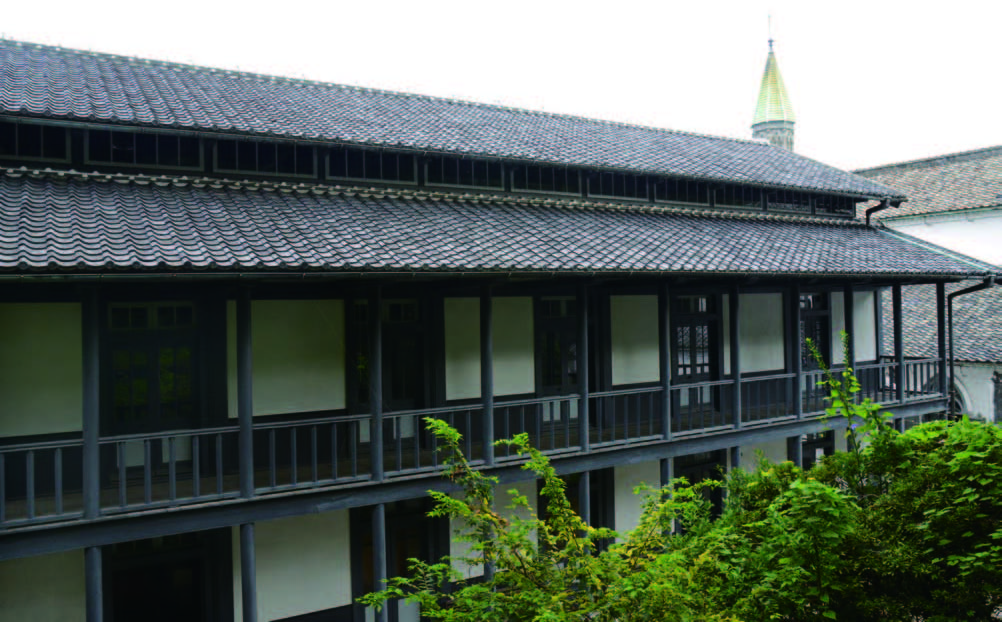

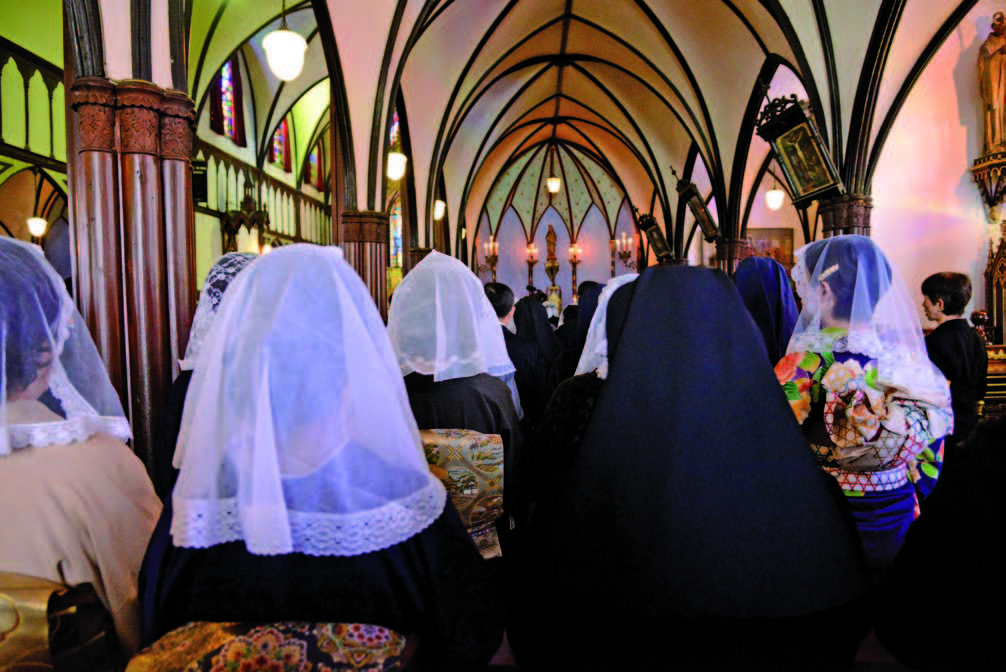






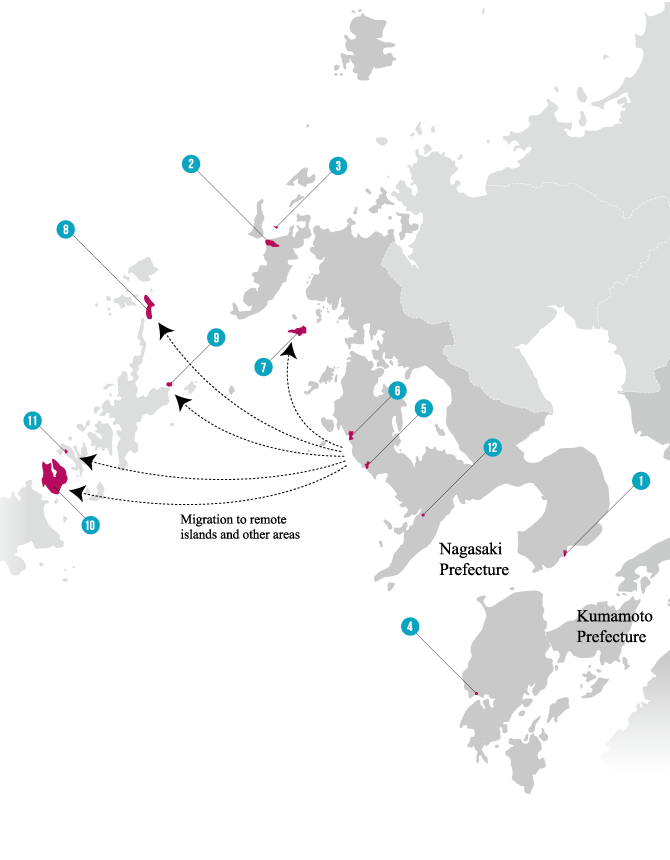
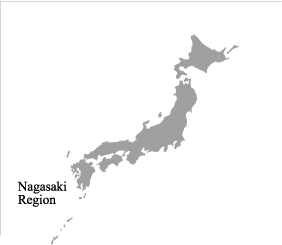

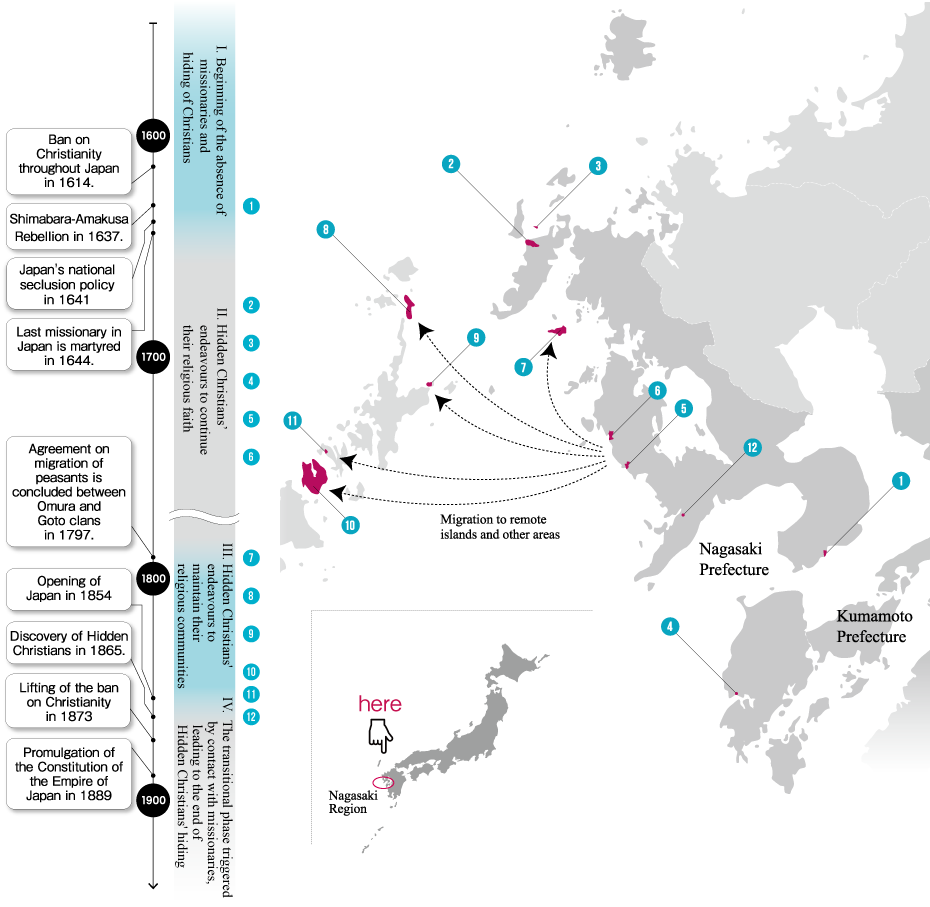
 Remains of Hara Castle
Remains of Hara Castle Kasuga Village and Sacred Places in Hirado
Kasuga Village and Sacred Places in Hirado Kasuga Village and Sacred Places in Hirado
Kasuga Village and Sacred Places in Hirado Sakitsu Village in Amakusa
Sakitsu Village in Amakusa Shitsu Village in Sotome
Shitsu Village in Sotome Ono Village in Sotome
Ono Village in Sotome Villages on Kuroshima Island
Villages on Kuroshima Island Remains of Villages on Nozaki Island
Remains of Villages on Nozaki Island Villages on Kashiragashima Island
Villages on Kashiragashima Island Villages on Hisaka Island
Villages on Hisaka Island Egami Village on Naru Island
Egami Village on Naru Island Oura Cathedral
Oura Cathedral